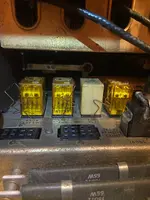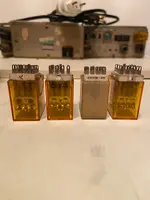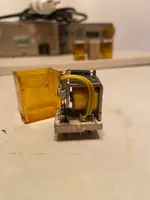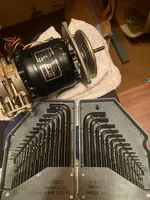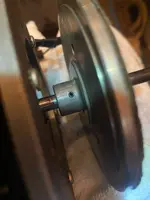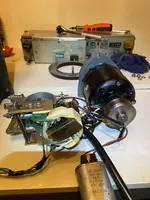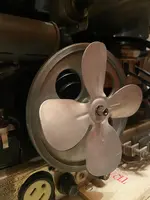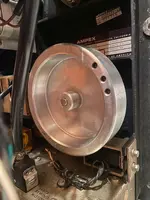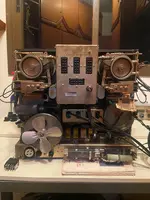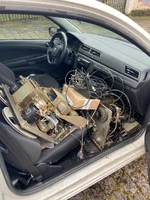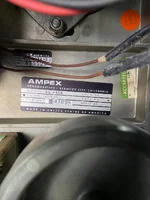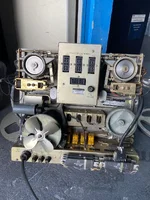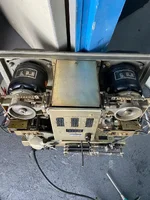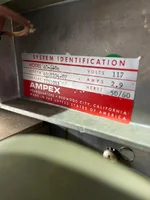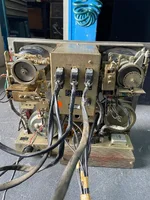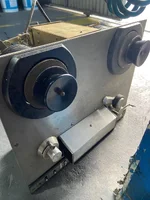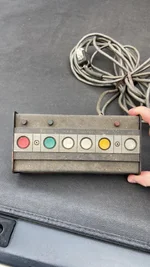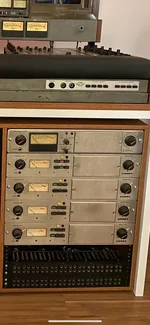temploprods
Member
While picking up a Tascam Model 10 from a house being cleared out by a scrap dealer, I had the unexpected luck of stumbling across something much more exciting — a mono Ampex 440, mostly intact and sitting among the rubble. Even better, I also found four preamp modules from another Ampex 4-track machine that apparently was too heavy to be taken by the guy clearing the place. He ended up just ripping out the preamps and cutting the cables (painful to see), but I’m now in touch with the homeowner and currently negotiating to go back and rescue the two other Ampex decks that are still on site (last two photos of the post).
To my surprise, the mono 440 powers on and both the play and rewind functions are working. Fast-forward isn’t responding yet, but this is already a much better starting point than I expected. There’s still a lot to inspect and test, but this machine is alive — and that’s something.
Anyone here with experience restoring Ampex 440 decks? I’d love to hear any insights, common issues to watch for, or tips for getting these beauties back to full glory.
Will post updates as I go. Grateful for any guidance from those who’ve walked this path before.
To my surprise, the mono 440 powers on and both the play and rewind functions are working. Fast-forward isn’t responding yet, but this is already a much better starting point than I expected. There’s still a lot to inspect and test, but this machine is alive — and that’s something.
Anyone here with experience restoring Ampex 440 decks? I’d love to hear any insights, common issues to watch for, or tips for getting these beauties back to full glory.
Will post updates as I go. Grateful for any guidance from those who’ve walked this path before.
Attachments
-
 WhatsApp Image 2025-07-14 at 22.08.20 (2).webp142.9 KB · Views: 306
WhatsApp Image 2025-07-14 at 22.08.20 (2).webp142.9 KB · Views: 306 -
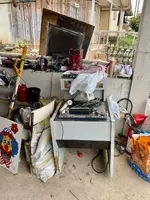 WhatsApp Image 2025-07-14 at 22.08.20 (3).webp194 KB · Views: 246
WhatsApp Image 2025-07-14 at 22.08.20 (3).webp194 KB · Views: 246 -
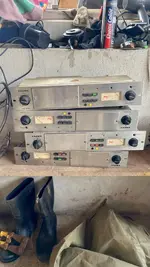 WhatsApp Image 2025-07-14 at 22.08.20.webp115.7 KB · Views: 204
WhatsApp Image 2025-07-14 at 22.08.20.webp115.7 KB · Views: 204 -
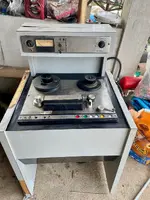 WhatsApp Image 2025-07-14 at 22.08.20 (1).webp161.8 KB · Views: 257
WhatsApp Image 2025-07-14 at 22.08.20 (1).webp161.8 KB · Views: 257 -
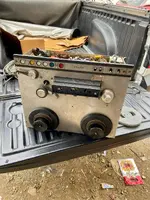 WhatsApp Image 2025-07-14 at 22.08.20 (4).webp187.2 KB · Views: 224
WhatsApp Image 2025-07-14 at 22.08.20 (4).webp187.2 KB · Views: 224 -
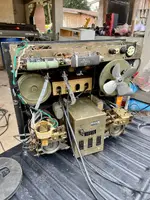 WhatsApp Image 2025-07-14 at 22.08.20 (5).webp188.8 KB · Views: 228
WhatsApp Image 2025-07-14 at 22.08.20 (5).webp188.8 KB · Views: 228 -
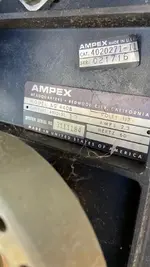 WhatsApp Image 2025-07-14 at 22.08.20 (6).webp92.6 KB · Views: 219
WhatsApp Image 2025-07-14 at 22.08.20 (6).webp92.6 KB · Views: 219 -
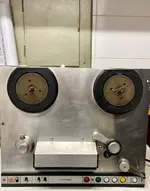 WhatsApp Image 2025-07-14 at 22.08.20 (7).webp133.4 KB · Views: 210
WhatsApp Image 2025-07-14 at 22.08.20 (7).webp133.4 KB · Views: 210 -
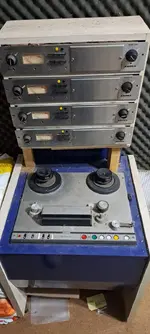 WhatsApp Image 2025-07-15 at 12.15.56.webp88.9 KB · Views: 218
WhatsApp Image 2025-07-15 at 12.15.56.webp88.9 KB · Views: 218 -
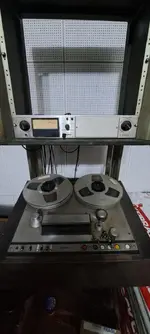 WhatsApp Image 2025-07-15 at 12.15.55.webp71.5 KB · Views: 217
WhatsApp Image 2025-07-15 at 12.15.55.webp71.5 KB · Views: 217

